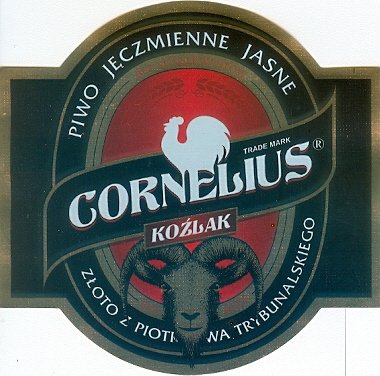PORTER BLACK OR BALTIC BROWN
Beer is a most accommodating product, at its core it contains a raw material that has a vital part to play in the annual cycle and changing seasons - malt.
Malt, in essence, with its various methods of production is made to fit in with the changing moods of the seasons.
During the summer the lighter lager and pale malts are ideal for the warmer months producing the Golden Ales and Lagers, and conversely in the autumn and winter, brown, chocolate and black malts come into play, as we subconsciously seek out the darker beers - Porters and Stouts.
An ingrained desire perhaps to find solace and warmth in these darker brews that goes back to our distant past, and the earliest days of brewing itself in northern climes.
Although we are moving out of the drab months of winter I was reminded of this with a style that has an interesting part to play - Baltic Porter.
As the name suggests these beers were inspired by the British Porter and Imperial Stout styles of the 18th century, but produced locally.
Estonia, Latvia, Lithuania, Poland and Russia are prominent producers, but in flavour they can appear quite different to there British counterpart.
What prompted the thought was coming across an intriguing example produced in Poland Cornelius Baltic Porter.
With the countries harsh winters you can see the appeal of such beers and this Polish beer captures the style perfectly. Given its 9%Alc/vol. I was struck by its balance and mellowness with all the elements you are looking for in the style, espresso coffee notes with a pleasing vanilla overlay.


Also, whilst many Baltic Porters can seem slightly over sweet with toffee, caramel or raisin flavours rather than a drier roastier edge (and more mahogany brown than porter black in colour) the Cornelius beer was closer to the latter.
Although some may still find the touch of sweetness in many not so appealing the style has been adapted over time for Eastern European tastes, and sweetness has often been perceived as nutritious - even if in reality this is not the case. Milk Stouts come to mind as equivalents in Western brewing styles.
Nevertheless it is a good representation, and an interesting reminder of just how far the Porter and Stout styles of Britain spread globally...
An influence that has inspired so many around the world, and will continue to do so.
----------------------------------------------------------------------------------------------------------------------
TO RETURN TO ARCHIVE CLICK ON ARROW TOP OF PAGE